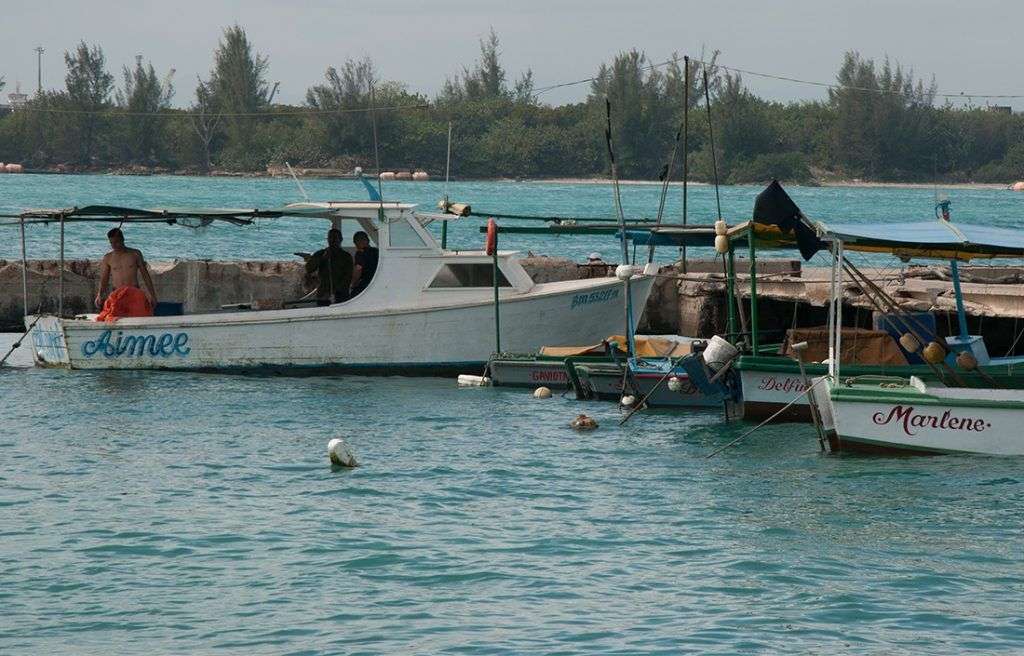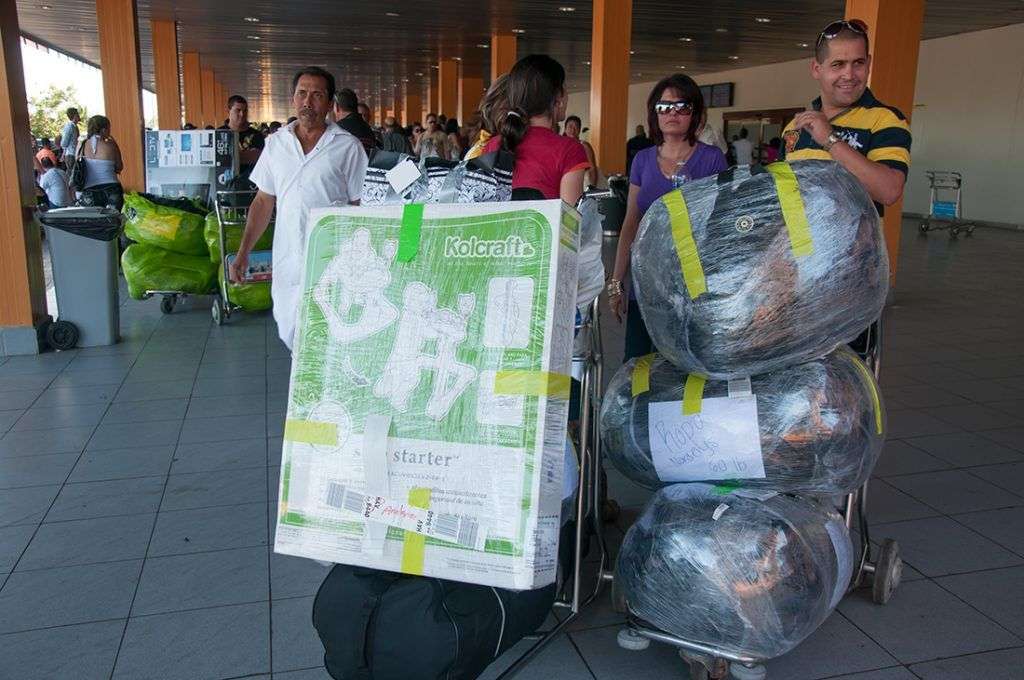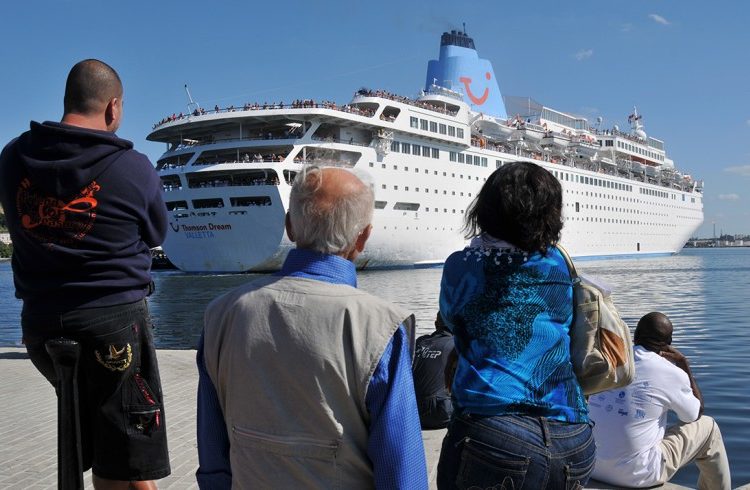The establishment of maritime routes between the United States and Cuba seems feasible today: it has been approved by the two governments and it is the express interest of several shipping companies. If such plans came to fruition, travel and shipping prices could drop substantially.
Before December 17 last year, putting the ferry that connected the two countries before the triumph of the 1959 revolution back into circulation seemed like a pipe-dream. With the pivotal turn that relations between the two countries have experienced, it now seems like a logical step, given the volume of traffic expected in the Straits of Florida.
One of these ships alone can carry the same number of people as half a dozen charter flights, offering lower fare prices and the possibility of transporting more luggage – something extremely important for Cubans on both shores.

I even imagine that passengers would also be able to travel with their cars, as is the case with some ferries in Europe. It would be incredible to see cars with US license plates driving down Cuba’s Via Blanca highway, while Soviet-made Lada and Moscovich vehicles park at Miami’s shopping malls.
Much progress, however, remains to be made by the two countries to have at least a civilized divorce between the two, as Jesus Arboleya says. Washington and Havana will both have to take legal steps to make the dream of these ferries a reality.
To be profitable, passenger ships require a considerable flow of people, and this will be difficult to achieve while the United States maintains a law that forbids US citizens from visiting Cuba as tourists. Though it’s true that US citizens can travel to the island under the Obama administration, they can’t do so as tourists.
US citizens must choose from among 12 lies their government offers them to violate the country’s legislation. It is a form of authorized deceit that Groucho Marx would render as follows: “These are my principles. If you don’t like them, I’ve got others.”
It is highly contradictory that, as bilateral relations between two governments are re-established, one should forbid its citizens from visiting the other. With obstacles like those, we can’t really talk about “normalization.”
The ferries would then be left for Cuban-Americans and Cubans residing on the island, who could represent as many as half a million passengers every year, if it weren’t a law, regulation, communiqué or instruction in Cuba that bars them from getting on board commercial vessels.

It doesn’t matter whether the Cuban in question resides in another country or holds a different citizenship. Nor does it matter that they may have their travel documents (i.e. a valid passport and a visa for the country of destination) in order. None of that matters: they may only enter or leave Cuba on a plane.
Curiously, despite the radical liberalization of Cuba’s migratory policy, this prohibition still stands. It is so irrational that no government or immigration official has yet been able to explain to me what purpose it serves right now.
It is no longer a security issue because no Cuban with a valid passport and a Mexican visa is going to hijack a cruise ship headed for Cancun. Besides, with only showing an ID card Cubans can travel around on a private boat for three days.
We must be confident all of the rough edges will be sanded down eventually, to the benefit of both countries. Barack Obama and Raul Castro have taken unprecedented steps, the greatest of which has been to sit down and negotiate without any previous conditions.
There is no avoiding the fact, however, that, whatever Washington and Havana demand, both will have to adapt their legislations to the new reality in connection with sea travel and many other issues that need to be revised after decades of laws and counter-laws.











